ENERGY EFFICIENT SOLUTIONS
Glass make-ups:
The minimum requirement to meet with hurricane protection is impact-resistant glass, but there other glass packages available including impact-resistant with insulated glass, impact-resistant with low-E coated glass, and impact-resistant with insulated glass and low-E coated glass (see Energy codes for an understanding of the differences).
In some applications and some municipalities “Energy glass” must be used. In other applications this is a value-added selection by the owner. Check in with us to be sure of your selection.
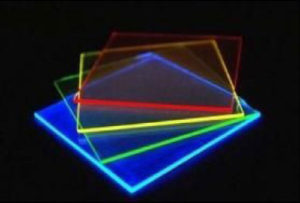 Glass Tint:
Glass Tint:
Body tinted glass products are produced by small additions of metal oxides to the float or rolled glass composition. These small additions color the glass bronze, green, blue or grey but do not affect the basic properties of the glass except for changes in the solar energy transmission.
Do not get confused with Window film. Window film is a thin film or laminate that can be installed to the interior of glass surfaces. Its purpose is to reduce down the amount of heat transferring through the glass but many impact-resistant glass manufacturers’ do not warranty the glass with this addition.
2014 Florida Building Code:
Energy Conservation
Chapter 13 of the Florida Energy Efficiency for Building Construction Code covers energy efficiency provisions for residential and commercial buildings, prescriptive and performance-based approaches to energy-efficient design, and building envelope requirements for thermal performance and air leakage.
NFRC Rated
Windows & door systems are rated by the National Fenestration Rating Council (NFRC). NRFC tables provide U-Value and SHGC values to determine product selection and glass make-up.
U-VALUE & SHGC explained.
When selecting windows and doors for your home or building project you may be required to comply with certain performance values for energy efficiency. That is – you may be asked to select windows and doors with a specific U Value and Solar Heat Gain Co-efficient.
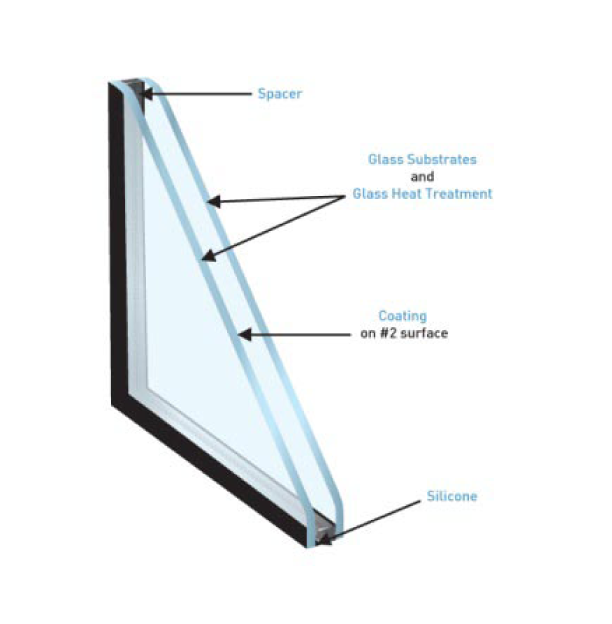
U-VALUE
The U-value is the measure of how much heat is transferred through the window or door. The lower the U-value the better the insulation properties are at keeping the heat out to improve the comfort of your home. To comply with energy codes U values must be lower than or equal to that specified. U-Value is principally controlled using insulated glass, with the air pocket filled with argon.
Some windows and doors also have thermally broken aluminum frames. The high performance thermal break frame provides enhanced energy efficiency.
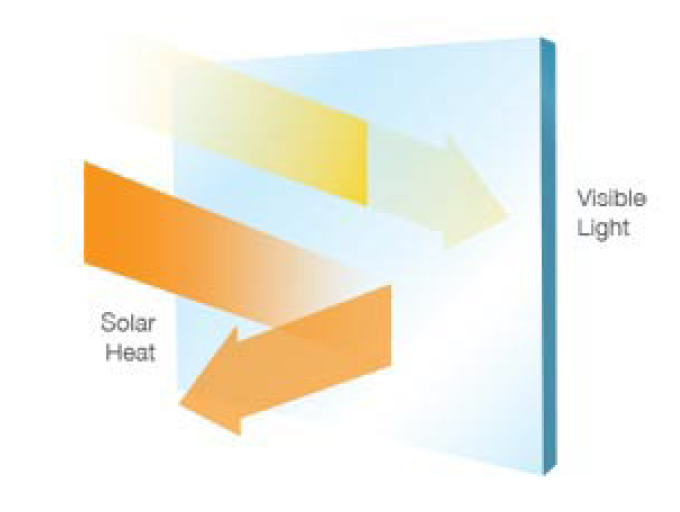
SHGC
Solar Heat Gain Coefficient or SHGC is a measure of how much solar radiation passes into your home. Lower SHGC numbers reduce the amount of solar radiation passing into your home. SHGC is principally controlled by using low-E coated glass.
U-Value & SHGC Coefficient
Remember a coefficient ranges from 1 to 0. The lower the number the lower the heat transfer into your home.
When do I use Energy efficient glass?
Each County and/or local municipality reviews new codes and makes a ruling based on their interpretation. It is not always straight forward, so check in with us by providing your location and scope of work.
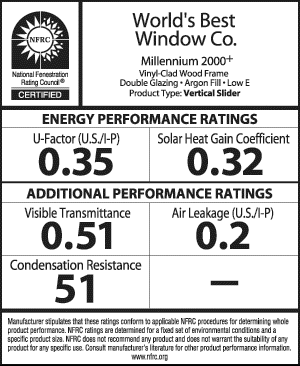 Don’t be fooled…
Don’t be fooled…
To protect your investment, and your faith in the Company you choose, look for the NFRC label on your new windows or doors. It is adhered to the glass and provides you with the U-value and SHGC value.
Hurricane impact resistant windows & doors
Hurricane impact resistant windows and doors do not meet with Energy Conservation. The glass make-up must incorporate insulated glass and low-E coated glass to be compliant. And the low-E coated glass is normally found on the #2 surface of the outboard lite to turn back radiation before it passes through the air glass. Now that makes sense…
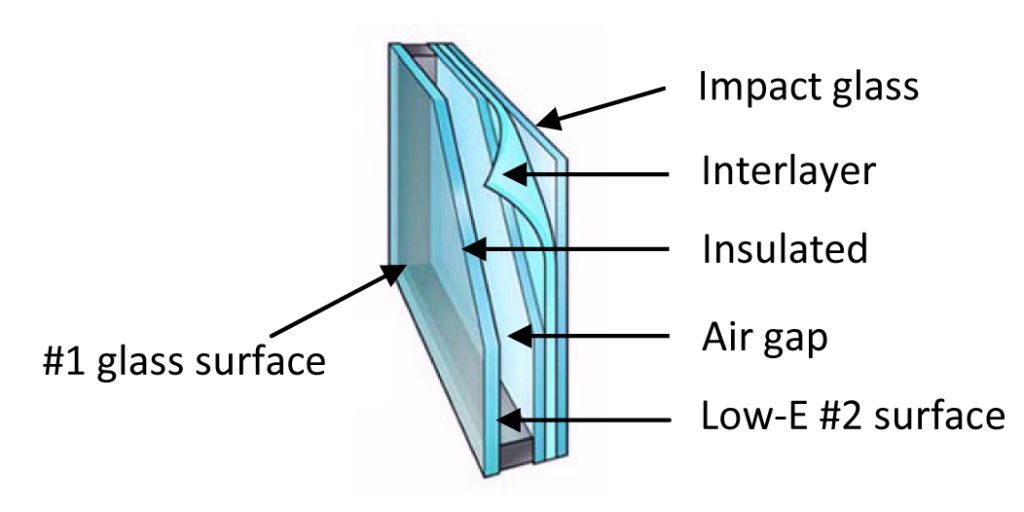
When do I use Energy efficient glass?
Each County and/or local municipality reviews new codes and makes a ruling based on their interpretation. It is not always straight forward, so check in with us by providing your location and scope of work.
Example of U-Value & SHGC coefficients
Remember a coefficient ranges from 1 to 0. The lower the number the lower the heat transfer into your home.
| Glass Make-up | U-Value | SHGC Value |
|---|---|---|
| ¼” tempered (non impact) grey tint glass | 1.12 | 0.59 |
| 9/16” impact rated grey tint glass | 1.08 | 0.40 |
| 9/16” impact with SB60 low-E coated glass | 1.08 | 0.27 |
| 9/16” impact, SB60, insulated glass | 0.61 | 0.20 |

